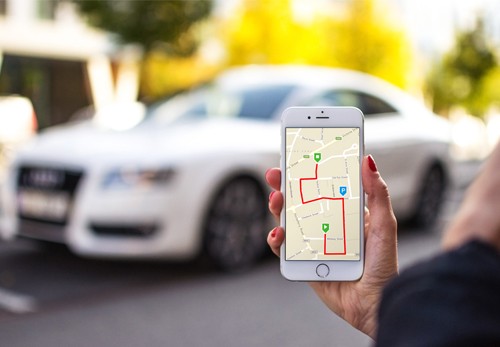As we move ever closer to an autonomous world of unapparelled solutions, the issue of privacy and data collection often arise. People often wonder just how much information is collected by an autonomous vehicle? And how the data can be securely stored and safeguarded? But rest assured, over the past few years, several countries have passed data protection laws that regulate how consumer data is collected and stored.
One of the most notable laws being GDPR a legal framework that sets guidelines for the collection and processing of personal information from individuals who live in the European Union (EU). The law has set restrictions on data that organizations can collect and how it can be used. Laws governing data in the autonomous driving industry are extremely important as even lower levels of autonomous certified vehicles generate around 25 Gigabytes of data per hour.
For the sake of clarity, this post will explore data that is collected by commercialized autonomous vehicles.
Personal Data
When we talk about data in the context of autonomous vehicles, it is worth mentioning that data should be classified into two categories: Collected data and processed data by the vehicle using LiDAR sensors, HD maps, and management access platforms. Personal information may be required by users to access vehicle control and components or to customize services. Such data is necessary to ensure that the right user is accessing the vehicle.

Location Tracking
Location data is collected and used in autonomous vehicles for navigation purposes. For example, e.g., destination information, route planning, speed, and time travelled. Location features help autonomous vehicles to adjust positioning; map new areas, identify routes; and adjust routing to avoid congested roads or traffic.
Location and travel data provide various benefits. However, it may also reveal sensitive information about individuals, particularly if this information is stored for a longer duration of time. Companies have often been prompted to review their data retention policies every 12 months.
Object Identification
Through the cameras, sensors, and Lidars, autonomous vehicles can visually record and identify animals, humans, and other vehicles. This information is used by the vehicle to avoid a collision. To safeguard the data, organizations have put time limits on how long the data is stored. In some vehicles, the data is used in real-time and deleted within 24 to 48 hours.
Although data is necessary for the operation of autonomous vehicles, steps must be taken to ensure data security. Finally, companies should continuously commit to improving their data processing standards and information security procedure and measures.








